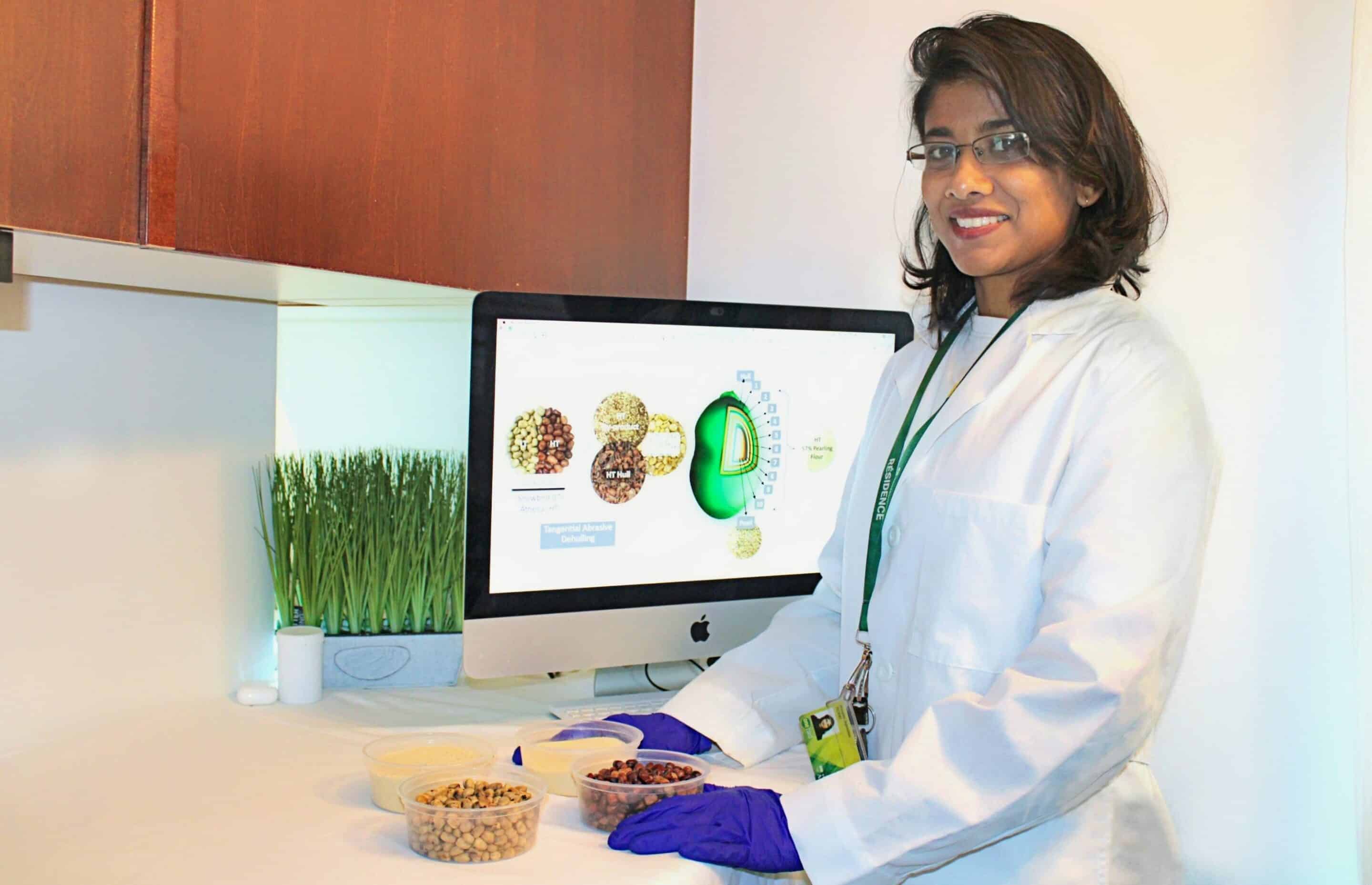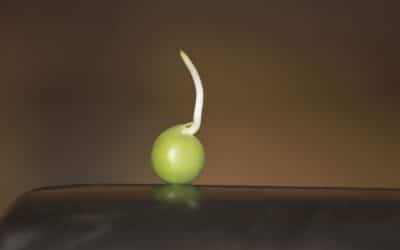A new fractionation process that captures the protein from faba beans, along with starch and dietary fibre, leaving the rest behind has been found, a Jan. 15 news release from the University of Alberta (U of A).
The new chemical-free method also uses less energy, making the process more sustainable, says Brasathe Jeganathan, who conducted the work to earn a PhD in food science and technology from the U of A Faculty of Agricultural, Life & Environmental Sciences. Called dry and wet fractionation, the separation methods are crucial in eventually making the bean a global dietary staple.
The protein content of the bean itself isn’t high enough to formulate food products with a consumer-friendly texture and taste, the release noted. The presence of compounds that cause flatulence and hinder the body’s nutrient absorption also limits wider consumption and acceptance of the bean. Those limitations make fractionation necessary to provide more concentrated protein from the bean to the food industry, with minimal amounts of those compounds.
By experimenting with hybrid processes involving both dry and wet fractionation and using less water and no chemicals, Jeganathan was able to successfully isolate and extract the bean protein. The release said the new process ensures the protein remains unchanged by chemicals, preserving its potential for use in developing clean-label vegetarian food products or supplementing cereal-based staple foods. The proteins extracted also have comparable or even better functionality than the proteins extracted by traditional chemical- and energy-intensive methods.
“The important properties — such as foaming, emulsification, solubility and the ability to gel — are still there for potential applications in beverages, meat and egg substitutes, and protein powders,” Jeganathan said.
The chemical-free extraction methods also caused higher-quality protein — up to 94 per cent pure — when compared with other methods, the release said. Jeganathan was also able to separate out the starch and concentrate the dietary fibre from the faba bean.
The experimentation revealed also found the protein is concentrated more in the external layers of the bean. This knowledge will help to develop more precise protein extraction that consume less energy, Jeganathan says.
Related Articles
The Future of Pulse Processing in Alberta is Questionable
New Tool in Time for Faba Bean Harvest Helps Growers Determine When to Spray
Hemp, Fababeans and Ethoiopian Mustard are Making Their Mark on Alberta





